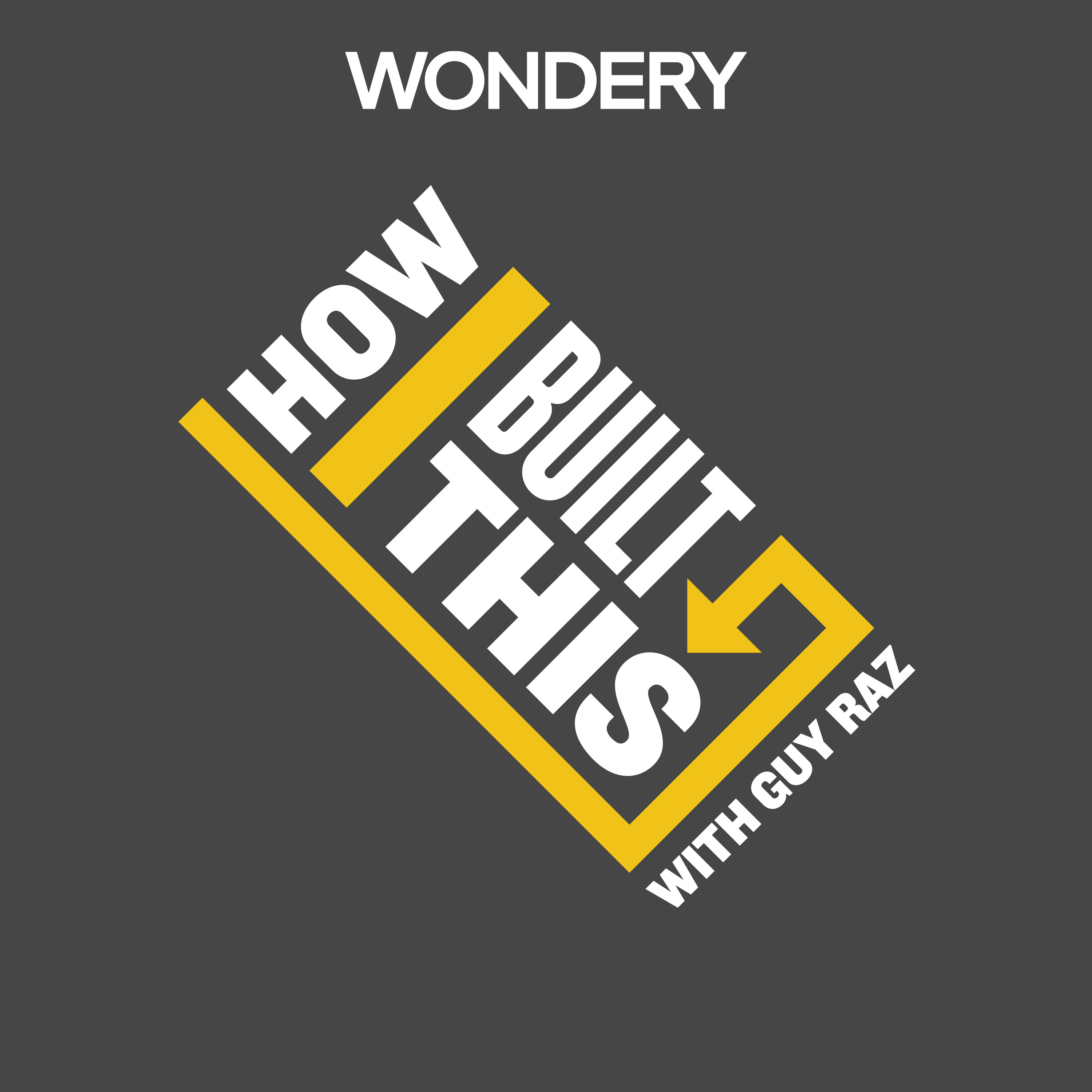The Rise of Kate Spade's Iconic Handbag Brand
TLDR Kate Spade and Andy Spade started their iconic handbag brand by sewing bags from burlap, facing challenges in finding manufacturers and fabric, but eventually gaining recognition from high-end stores. The brand grew significantly, expanded into new categories, and became iconic before the founders decided to sell their shares in 2007.
Timestamped Summary
00:00
Kate Spade, originally Kate Brosnahan, started her iconic brand by sewing handbags from a roll of burlap.
05:00
Kate Spade worked as an assistant at Condé Nast while Andy Spade started an advertising agency in Tempe, Arizona, and eventually both moved to New York City.
09:06
Kate Spade transitioned from working as a senior fashion editor at Madam and Sal Magazine to starting her own handbag company with her husband Andy Spade, inspired by the simplicity and modernity she felt was missing in the market.
13:21
Kate Spade and Andy Spade faced challenges in finding manufacturers and fabric for their handbags, starting with small productions made out of burlap and facing skepticism from fabric houses, but eventually gaining recognition from high-end stores like Barney's and Fred Siegel.
17:48
Kate Spade's unique handbags made out of burlap stood out to editors and gained attention for being different, eventually leading to recognition from high-end stores like Barney's and Fred Siegel.
22:46
Kate and Andy Spade started their company while working other jobs, running it out of their apartment and shipping bags themselves for years before seeing gradual success.
27:09
Kate and Andy Spade's business started to turn around when larger department stores began buying their products, leading to significant growth and winning prestigious awards.
31:30
Neiman Marcus buying more than half of the company led Kate Spade to expand into new categories like stationery and shoes, eventually growing into an iconic brand before the founders decided to sell their shares in 2007.
35:51
Kate and Andy Spade launched a new company called Francis Valentine, focusing on shoes and handbags, after transitioning from Kate Spade to Kate Valentine to distinguish their brand.
40:41
Adam Masters created the belly yak, a kayak-like watercraft that allows people to lie on top and paddle with their hands, initially rejected by kayakers but embraced by swimmers, triathletes, surfers, and disabled veterans.
45:00
The podcast features various ads for other NPR and Wondery podcasts.
Categories:
Business
 Prompt Cast
Prompt Cast
